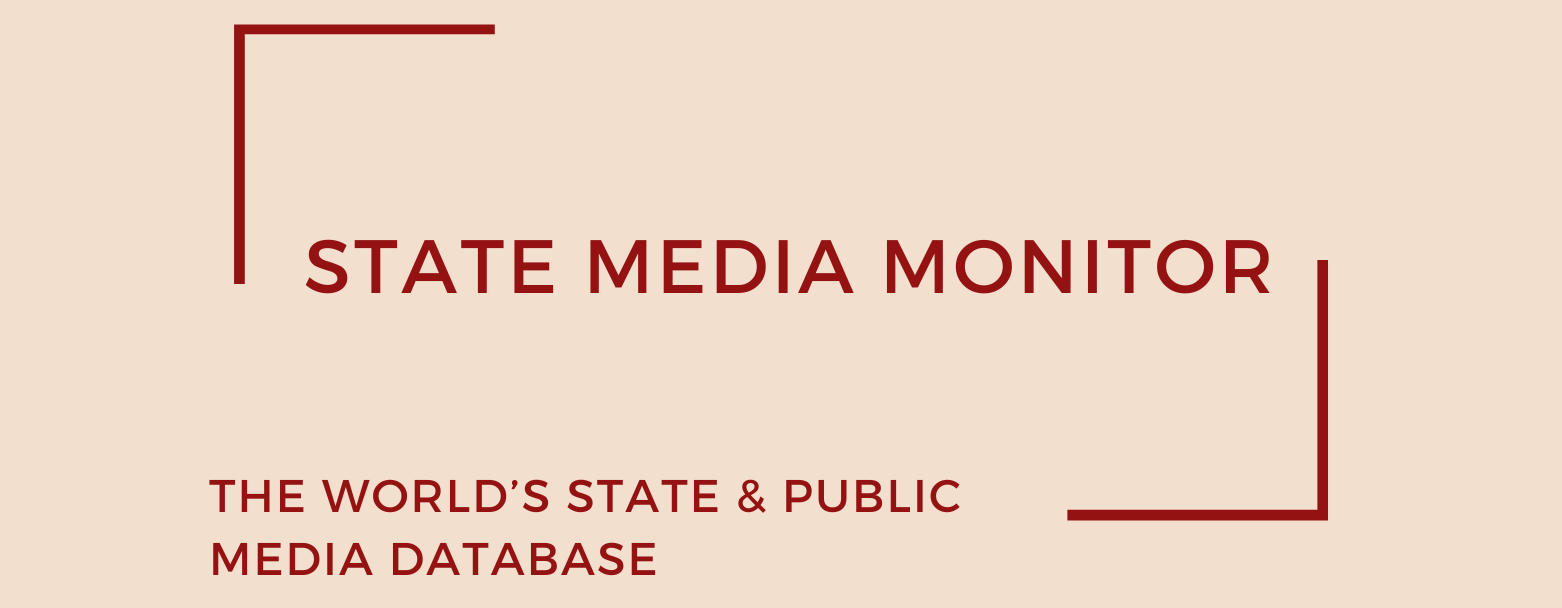Can Holding (takover of Ciner Media Group)
Ciner Media Group was until recently a subsidiary of Ciner Yayın Holding, long part of the vast Park/Ciner conglomerate founded by businessman Turgay Ciner. His entry into the media sector dates back to 2009 when he acquired the daily Habertürk, which he positioned as a serious competitor in the highly fragmented Turkish press market. In the following years, Ciner gradually expanded his portfolio, adding television and radio assets alongside a growing online presence. The print edition of Habertürk was discontinued in 2018 due to mounting financial pressures, but the brand retained significant visibility through its online portal, Haberturk.com, which continues to be one of the most widely read news sites in Turkey. The group’s broadcast portfolio eventually came to include Show TV, Show Türk, Show Max and Habertürk TV, alongside the business-oriented Bloomberg HT television and radio channels.
Media assets
Television: Show TV, Show Turk, Show Max, Haberturk TV
Radio: Bloomberg HT Radyo
State Media Matrix Typology
Ownership and governance
For more than a decade, Ciner Media Group’s ownership structure revolved around the tightly controlled holdings of Turgay Ciner, who maintained sole ownership through a complex set of companies ultimately tied to his industrial and mining empire. Beyond media, Ciner had built considerable wealth in energy, construction and mining, sectors that also provided lucrative state contracts and positioned him as a businessman with strong ties to the political establishment.
His relationship with President Recep Tayyip Erdoğan was particularly well-documented, with Ciner frequently attending presidential functions and even naming one of his sports facilities after the head of state. This close political association was reflected in the editorial orientation of Ciner’s outlets, which consistently offered supportive coverage of government policies and cultivated a strongly pro-government stance. Independent observers and journalists regularly pointed out that there were no statutes or oversight mechanisms in place to guarantee editorial autonomy within Ciner Media, and assessments by watchdog organisations repeatedly underlined the group’s alignment with political power rather than with professional journalistic standards.
The most dramatic development in the history of the group came in December 2024, when Ciner exited the media business altogether. After months of speculation, Ciner Yayın Holding announced the sale of its entire media portfolio—including Habertürk, Show TV, Bloomberg HT and affiliated digital and radio channels—to Can Holding, another diversified Turkish conglomerate. The deal was widely reported in the Turkish press and valued at approximately US$800 million. ). With this transaction, one of the country’s last privately owned large-scale media empires passed into the hands of a new corporate actor, led by the Can family, whose business interests span energy, cement, logistics and real estate.
Following the acquisition, operational management remained in the hands of experienced media executive Mehmet Kenan Tekdağ, who had long served as chairman of Ciner Media Group. Tekdağ was confirmed in his leadership role by the new owners, a decision widely interpreted as a sign of continuity in editorial and business operations. ). However, ultimate control shifted to the Can family, with Kemal Can and other family members now formally overseeing the group’s strategic direction.
Source of funding and budget
The sale effectively ended Turgay Ciner’s 15-year presence in Turkish media, but it did not significantly change the opacity surrounding financial operations. Neither under Ciner nor under Can Holding have the companies published detailed accounts of their media revenues. What is publicly known is that the valuation of the deal reflected the high commercial value of television assets such as Show TV and the strategic importance of Bloomberg HT in business reporting. Still, reliable figures for advertising revenues or budgets for 2024 and projections for 2025–2026 are not available. Analysts interviewed for this report in May 2025 noted that, as with other Turkish conglomerates, cross-subsidies from the parent group’s industrial contracts and state-linked business deals are likely to remain a key source of financial stability for the media arm.
Editorial independence
Editorially, the new ownership has not yet resulted in visible changes. As of mid-2025, no major shifts in leadership at the level of editors-in-chief have been announced, nor have there been discernible alterations in editorial line. Observers therefore expect Can Holding to maintain the broadly pro-government orientation that characterised the group under Ciner, though whether this alignment will deepen or moderate remains to be seen. Concerns about the lack of institutional safeguards for independence remain valid, as the group continues to operate without statutes ensuring journalistic autonomy or independent oversight mechanisms.
The reorganization of ownership in late 2024 thus marks the beginning of a new chapter in the history of one of Turkey’s most influential private media groups. While Turgay Ciner has withdrawn entirely from the sector, the continuity of management under Mehmet Kenan Tekdağ and the arrival of Can Holding suggest that the political and commercial alignment of the outlets is unlikely to undergo radical change. At the same time, the sheer scale of the transaction, coupled with the concentration of ownership in yet another conglomerate closely connected to state-linked industries, reinforces concerns about the persistent erosion of pluralism and independence in the Turkish media landscape.
September 2025
Citation (cite the article/profile as part of):
Dragomir, M. (2025). State Media Monitor Global Dataset 2025.
Media and Journalism Research Center (MJRC).
Zenodo.
https://doi.org/10.5281/zenodo.17219015
This article/profile is part of the State Media Monitor Global Dataset 2025, a continuously updated dataset published by the Media and Journalism Research Center (MJRC).
